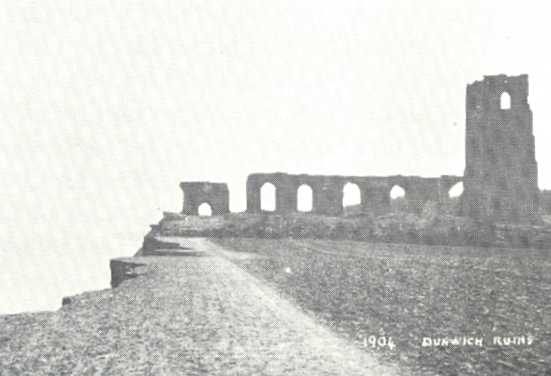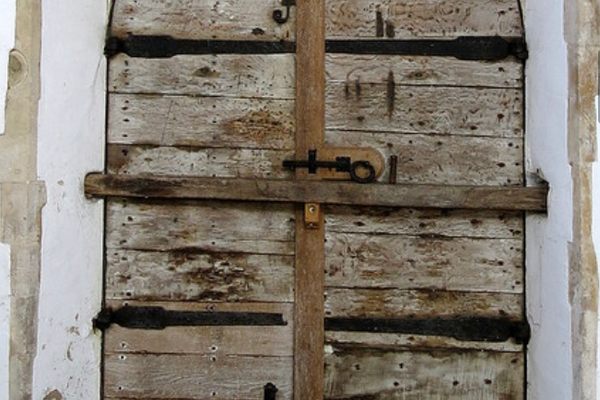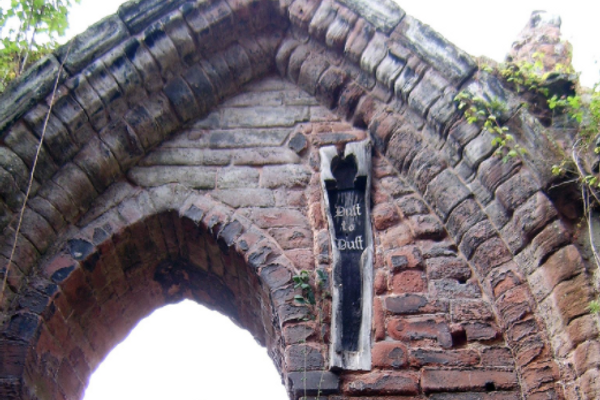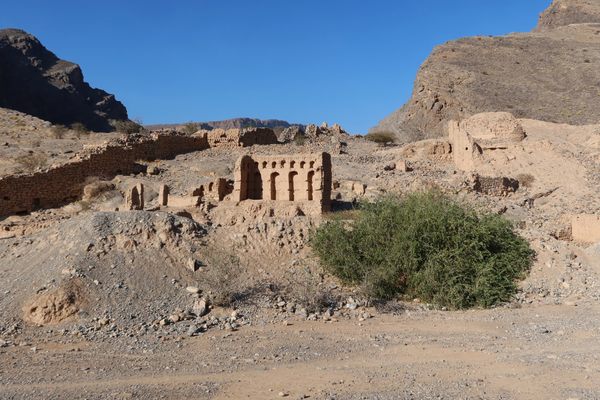The Last Grave
This melancholy headstone is the only remaining evidence of a medieval church lost to the sea.
This entry is a stub
Forlorn amidst a thicket a mere 10 feet from a cliff’s edge stands a solitary headstone that appears completely out of place.
Much of the medieval port town of Dunwich slipped over the edge of the crumbling cliff and into the crashing waves of the North Sea centuries ago. The settlement’s All Saints Church was abandoned as a place of worship in 1758, but ill-advised burials continued for several years in the precarious cemetery.
All but one of these graves fell victim to erosion and now reside in the ocean. The only surviving headstone that hasn’t been swept away belongs to Jacob Forster, buried at the site in 1796.
Poised for its own inevitable fall, Forster’s final resting place is now referred to in local tourist literature as ‘The Last Grave” of Dunwich. It’s one of the last reminders of the existence of this holy structure and the community it served. How much longer the grave persists in this precipitous spot is ultimately up to mother nature.
Know Before You Go
The nearest car park to the grave lies on Beach Road, the use of which is subject to making a discretionary donation.
Close to the junction of Beach Road and Monastery Hill, a public footpath leads to the clifftop. The last grave is about 600 feet along this footpath. An alternative route to the last grave is through the grounds of the ruins of Greyfriar's on Monastery Hill. Warning signs of sudden cliff collapse are found throughout the village and its beach, so don't get too close to the grave.
Plan Your Trip
The Atlas Obscura Podcast is Back!




















Follow us on Twitter to get the latest on the world's hidden wonders.
Like us on Facebook to get the latest on the world's hidden wonders.
Follow us on Twitter Like us on Facebook